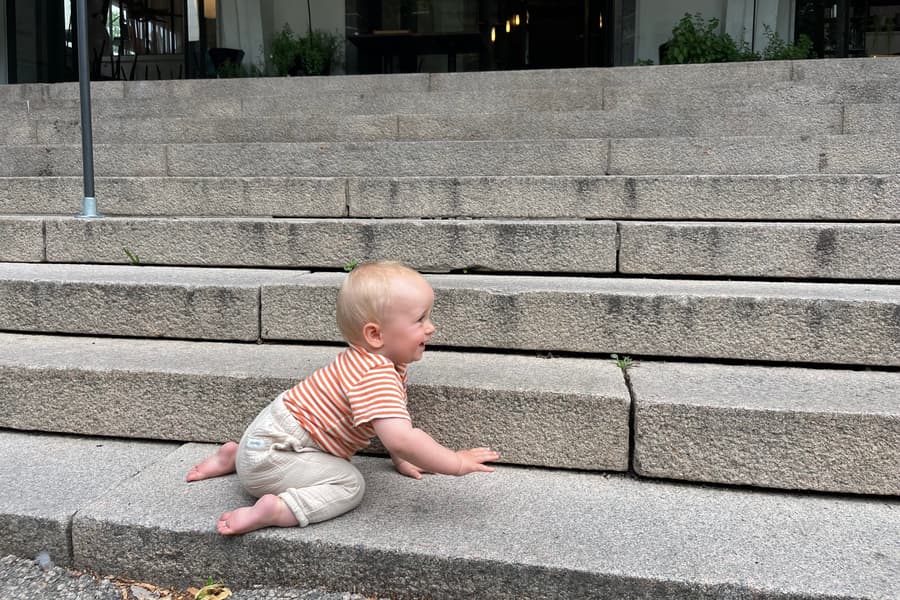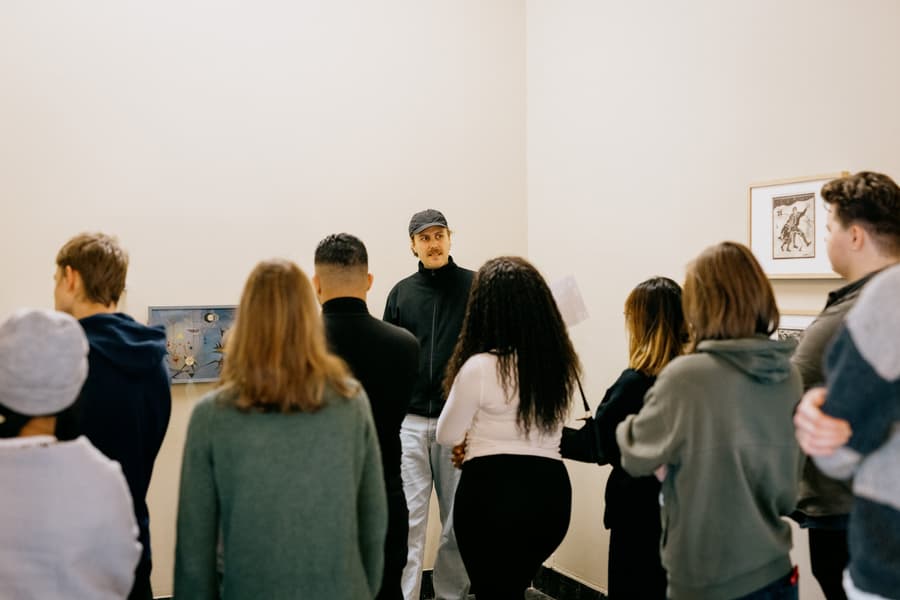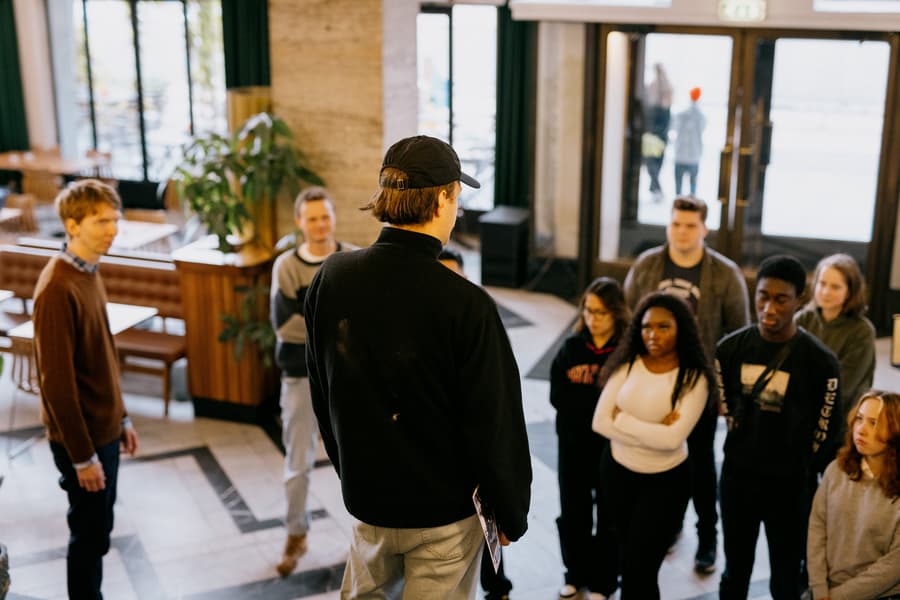Layers of darkness and light
Wednesday 30.11.22

Welcome to the screening of Samoa Rémy’s video Runde, followed by a presentation of her artistic research project entitled Layers of darkness and light, and an artist talk with Mike Sperlinger, professor at KHiO, and Jean-Marie Gallais, curator at Bourse de Commerce in Paris, moderated by curator Yann Châteigné.
Program
11:30 Welcome by curator, researcher and writer Yann Châteigné (also Samoa
Rémy's supervisor)
11:45–12:30 Samoa Rémy presents her works and talks about her doctoral project "Layers of darkness and light"
12:30–12:45 Break
12:45–13:30 Conversation between respondents Mike Sperlinger, professor at KHIO, and Jean-Marie Gallais, curator at Bourse de Commerce in Paris, and Samoa Rémy (moderated by Yann Châteigné)
13:30–14:00 Questions and responses from the public (moderated by Yann Châteigné).
Samoa Rémy's video "Runde" will be screened in loop from 10:00 to 11:30, and
after the presentation / conversation it will continue to go in loop until 15:00.
About the project
Samoa Rémy will present her artistic research project entitled Layers of darkness and light, where she among other things is pairing research done on subatomic particles and the beginnings of the universe, with another area of interest: the fact that in most of the archaic cosmogonies, sound was perceived to be the basic matter. The relation between the human being and the unknown, oscillating movements between antipodes, elements of contrasting nature, and the presence of stratification and depth, are of paramount importance in this research project.
Samoa Rémy believes there is an incredibly interesting tension between a scientific / mathematical reconstruction of the unknown, and a symbolic narrative in f. ex. myths of creation. She sees a bridge between these separate visions / readings of the world, and believes it is to be found in the human body. Rémy is especially interested in the imprint our nervous system (and all the matter we are made of) retain from the past: from what is physically and temporary “very far away”. And also in our dream-activity with its “visions” occurring each night, during our approximately eight hours of sleep. The nervous system is for her a “mediator”, a presence which is in the middle between the real and the possible, precisely because of its main task, which is related to the perception of reality, and the transmitting of the possible. She is interested in the aspects of limits and possibilities that lie within human perception, especially human vision, as this actually is not at all restricted to the limited parts of reality which we can see with our eyes, but also fully open to what we can perceive with our inner eye. Because it is possible to perceive “layers” of reality which aren’t visible to the naked eye.
Human vision is related to the visible spectrum, but human vision is also restricted by the lack of sensitivity our eyes have towards the other wavelengths of the electromagnetic spectrum. The relations between what is “visible” and in a certain sense “very close”, and what is “invisible” and in a certain sense “very far”, is a guidance in her research. Science and technology allow us to “see” what is not physically visible to our own eyes. Symbols, imagination, spirituality, art allow us to see the layers of reality invisible to science.
Rémy believes there will always be an aspect of incompleteness in the intentional search for the unknown, or re-search on the unknown. Because the unknown expands progressively the closer you get to it, or the more you try to get close to it. So the closer you get, the farther it goes away from you. As the logician and mathematician Kurt Gödel’s incompleteness theorems say: “You cannot get an ultimate answer, since every answer automatically creates a new question.”


